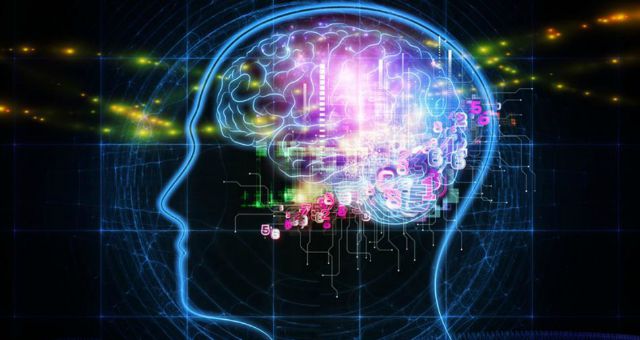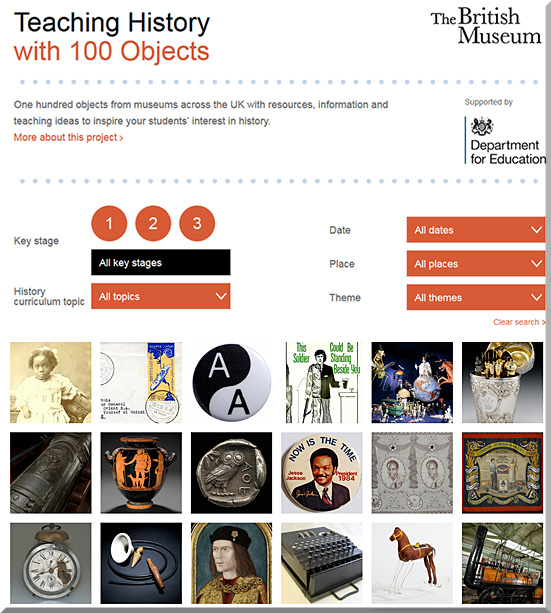UDL: A Systematic Approach to Supporting Diverse Learners — from facultyfocus.com by
Excerpt:
However, simply recognizing learner diversity is one thing; navigating this challenge in the classroom is quite another. How can we possibly hope to present content, structure learning experiences, and devise assessments that will be appropriate and effective for students with different learning strengths and challenges? Fortunately, researchers have developed a framework based in neuroscience that can help.
Universal Design for Learning
Universal Design for Learning (UDL) offers a functional framework to understand and address this variability in our courses. The Center for Applied Special Technology (CAST) outlines three principles that when systematically applied in the classroom help support diverse learners.
multiple means of representing content.
multiple means of action and expression.
multiple means of engagement in learning.

7 Golden Rules Of Learning — from theelearningcoach.com by Connie Malamed
A List to Help Subject Matter Experts with Instructional Design
Socratic Questions In eLearning — from elearningindustry.com
Excerpt:
6 Types of Socratic Questions
Clarification.
Probing assumptions.
Probing reasons and evidence.
Analyzing perspectives.
Probing consequences.
Questioning the question.
5 Tips To Use Socratic Questions in eLearning
…
Understanding Dyslexia and the Reading Brain in Kids — from ww2.kqed.org / MindShift by Holly Korbey
Excerpt:
At a recent talk for special education teachers at the Los Angeles Unified School District, child development professor Maryanne Wolf urged educators to say the word dyslexia out loud.
“Don’t ever succumb to the idea that it’s going to develop out of something, or that it’s a disease,” she recalled telling teachers. “Dyslexia is a different brain organization that needs different teaching methods. It is never the fault of the child, but rather the responsibility of us who teach to find methods that work for that child.”
Wolf, who has a dyslexic son, is on a mission to spread the idea of “cerebrodiversity,” the idea that our brains are not uniform and we each learn differently. Yet when it comes to school, students with different brains can often have lives filled with frustration and anguish as they, and everyone around them, struggle to figure out what is wrong with them.
6 Strategies to Truly Personalize PBL — from edutopia.org by Andrew Miller
Excerpt:
Teachers have always had students pursue their own research projects on their own questions. Students around the globe are engaged in genius hour activities about their passions and are given voice and choice in how they show their learning. These are just some aspects of personalized PBL, and we can improve the model further still when we adopt more tenets of personalization into the already-existing PBL framework. In addition, many teachers are claiming that they’re personalizing learning for students when in fact they are not. However, PBL and personalized learning make an excellent match that creates engagement for students through authentic, personal work on content and skills that they want and need. Here are six strategies that you can try.
Teaching History with 100 Objects — from teachinghistory100.org
One hundred objects from museums across the UK with resources, information and teaching ideas to inspire your students’ interest in history.









